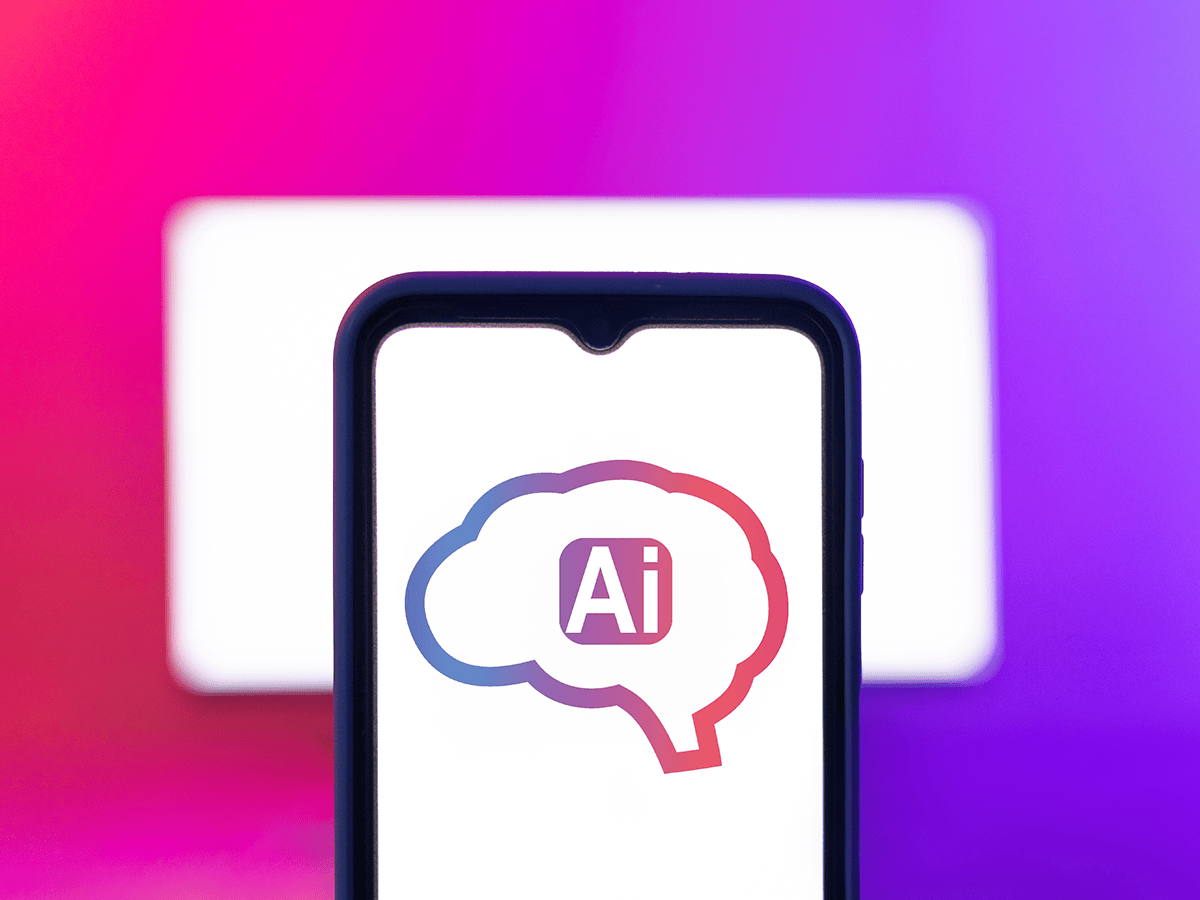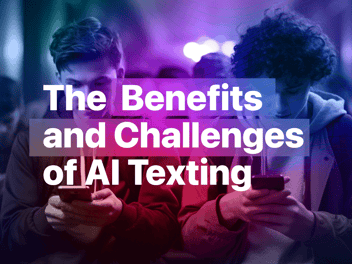How AI Texting Works: The Language Model

Today's businesses are embracing AI's robust capabilities to enhance operations and enrich customer interactions. In fact, the promise of boosting employee productivity by up to 40% has propelled businesses to integrate AI-driven solutions into their workflows.
A notable advancement in this landscape is the integration of AI texting powered by sophisticated language models. When you use a chatbot, do you ever wonder how it generates those uncannily accurate responses?
The answer lies within the intricate workings of AI systems that have mastered understanding and generating human-like text. From casual conversations to professional interactions, these models are redefining the boundaries of language comprehension.
In this guide, let's go over the mechanics of AI texting. We'll unveil the magic behind how these systems understand, predict, and generate text.
Knowing how this automation works will enable us to predict how it will impact business interactions in the future.
A look at AI texting
Imagine customer support at a hotel using AI-powered texting to swiftly address guest inquiries and reservations. With AI at the helm, responses are quick and personalized, catering to guest preferences and history for a seamless interaction.
Chatbots aren't something to laugh at. AI texting could potentially free up around 2.5 billion work hours for businesses.
AI texting's impact extends beyond the hospitality industry to sales and marketing, with its adaptability across industries underscoring AI texting's beauty - a versatile tool for business communications that boosts efficiency, aligns with diverse sectors, and caters to ever-evolving consumer needs.
Loaded with perks for your business
You can benefit from implementing an AI texting platform in your business in many ways:
- Enhanced Customer Engagement: AI texting allows businesses to provide immediate and personalized responses, enhancing customer satisfaction and loyalty.
- 24/7 Availability: Automated AI systems ensure round-the-clock customer support outside regular business hours.
- Efficiency: AI-powered responses simultaneously handle high volumes of inquiries, increasing efficiency and reducing response times.
- Scalability: AI texting can scale effortlessly to handle increasing customer demands without a proportional resource increase.
- Personalization: AI can analyze customer data to provide tailored responses and recommendations, enhancing the customer experience.
- Data Insights: AI texting generates valuable insights from customer interactions, aiding businesses in understanding trends and improving strategies.
- Adaptability: AI texting can be fine-tuned for specific industries and scenarios, making it adaptable to different business needs.
Behind the scenes, AI texting is powered by sophisticated language models that dissect and comprehend human language intricacies. These models learn from massive datasets, absorbing the nuances of context, tone, and semantics.
The result? AI systems capable of generating human-like responses that are contextually relevant and remarkably coherent.
What a language model brings to the table
A language model, in essence, is the AI system that learns to understand, process, and generate human-like text. This is what powers conversational AI.
It’s crucial to note, though, that not all language models are created equal. They come in various sizes and capabilities, each with its own set of advantages and challenges.
Among the most known are large language models, which are complex AI systems that have gained attention due to their broad appeal and accessibility. These models, however, pose their own set of challenges. Due to their size, they consume a large amount of energy and impact the environment.
As the landscape evolves, so do the models. The journey of language models involves fine-tuning and edge models, which bring benefits and challenges. Fine-tuning takes a pre-existing model and adapts it to specific tasks or domains, requiring less data than training from scratch.
As these AI marvels continue to evolve through research and development, their role in shaping the future of communication is undeniable.
Preventing AI from going “rogue”
The language model is undoubtedly the backbone of AI texting. It's like having an AI-powered linguist on standby, crafting responses that feel like they've been meticulously composed by a human expert.
At the heart of AI-driven communication lies Natural Language Processing (NLP), a technology that propels machines to comprehend, interpret, and engage with human language in ways that hold genuine meaning and context.
Unlike Generative AI, also known as "Rogue AI," which employs large language models, NLP focuses on precision and understanding. While GenAI possesses remarkable datasets, there's a concern regarding the potential generation of misleading or harmful content, risking the spread of misinformation and distrust among users.
Now, consider an AI texting platform like Meera. Its system adopts AI solely to understand user inquiries. Its approach is known as Natural Language Understanding (NLU), which equips systems to deconstruct and evaluate inputs effectively, determining the optimal course of action for cutting down busywork.
Human interaction vs. Automated responses
There has been an ongoing debate revolving around the effectiveness of human interactions compared to automated messages.
The rise of chatbots and AI texting platforms has breathed new life into this debate, infusing it with modern relevance. This becomes particularly relevant in today's post-COVID landscape, where consumer behaviors and work operations have evolved.
Human agents certainly bring a personal touch to user interactions. They can empathize, comprehend intricate concerns, and deliver tailored solutions. On the flip side, automated messages champion efficiency and scalability. They handle multiple inquiries simultaneously, so no customer gets left waiting.
Advances in AI have also made automated messages more sophisticated through NLP, enabling chatbots to mimic human conversation while learning from interactions to improve responses.
That said, automated messages may have their limits, excelling at routine tasks but struggling with complex issues requiring human judgment. So, the solution is to find a balance between human agents and automation.
Automated messages work for routine queries, while human support tackles deeper concerns without overwhelming the team. The art lies in finding the sweet spot, harnessing technology to improve customer service while upholding the human touch when it matters most.
By embracing this hybrid approach, businesses can create effective personalized user journeys that align with today's operational demands.
Wrapping up
One thing is abundantly clear: communication is evolving. AI texting is reshaping interactions, enhancing engagement, and revolutionizing industries in ways we couldn't have imagined.
Through AI texting, we're not only adopting technology but also stepping into a future where communication knows no bounds - it's smart, dynamic, and captivating. The journey doesn't stop here; maximizing efficiency across various industries with the power of AI lies ahead.
A programmer by trade, Nick Saraev is a freelance writer and entrepreneur with a penchant for helping people achieve their business goals. He's been featured on Popular Mechanics & and Apple News and has founded several successful companies in e-commerce, marketing, and artificial intelligence. When he's not working on his latest project, you can find him hiking or painting.


.png?width=512&height=512&name=guru%20(1).png)

.png?width=199&height=109&name=salesforce-logo1-removebg-preview%20(1).png)


.webp?width=716&height=569&name=banner-img%20(1).webp)



